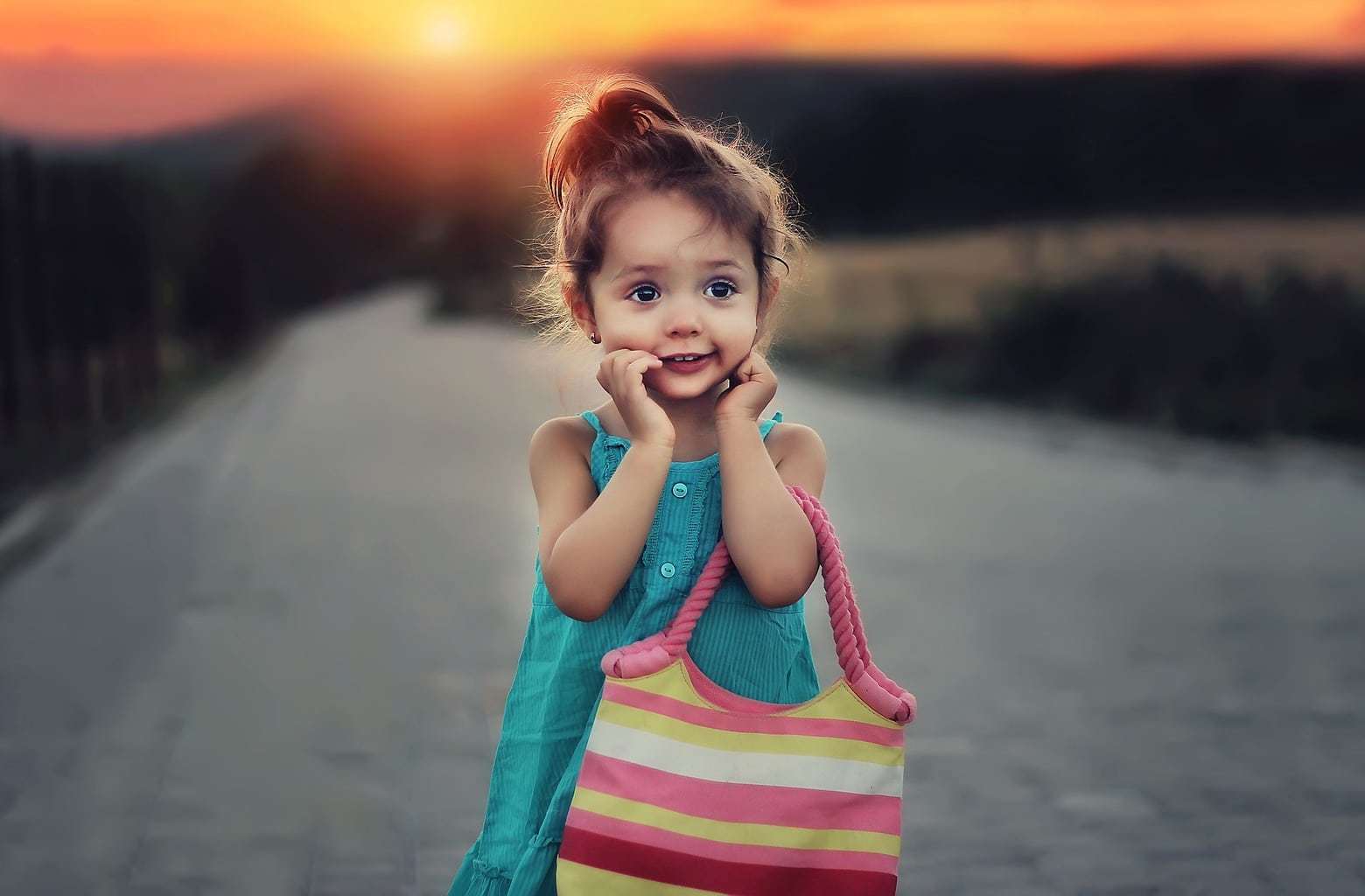As a photographer you are presented with challenges every day, doubts, concepts, variables that you are constantly learning to solve and overcome. But if photography is "painting with light", how are you going to paint with light if you don't have it? How are you going to survive (photographically speaking ? ) a situation like this?
Well, as that saying goes... If Muhammad doesn't go to the mountain, the mountain goes to Muhammad, so if there is no light, you will have to create it. Don't worry, I'll show you how, and you won't need to be a “chosen one” to get it.
INDOOR
Go to the windows, open them, draw the curtains, raise the blinds, let the sun or light in whenever possible. If you don't have it, turn on the lights you consider or put some candles. Of course, be very careful with the white balance if you do not shoot in RAW , since each type of light transmits a different tonality to the image.
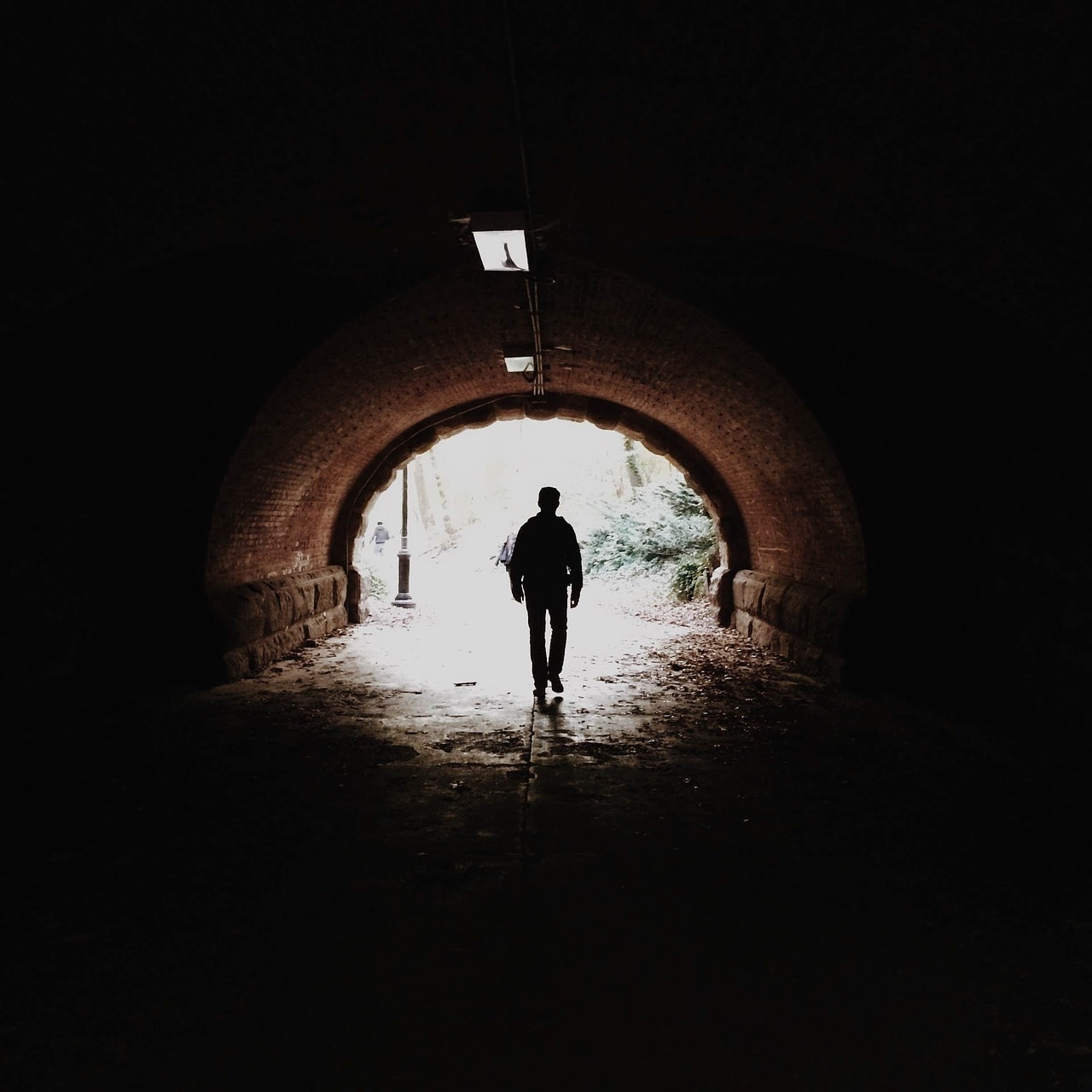
GET A GOOD EXTERNAL FLASH
Although natural light is the most recommended and admired, the truth is that knowing and knowing how to use flash will open up a new field of possibilities. Many times we do not use it or do not value it due to the ignorance that we really have about it. Normally, we start using it through the one that is incorporated into our camera and yes, make no mistake, the results are usually quite disastrous. However, the flash has many strengths that will save you on many occasions when you have low light, or when you need some added creativity . If you want to get started with it, here are a couple of tricks that will make you see flash in a very different way ?
Remember that the combination of lights can also give you good results. Have you tried mixing flash and natural light or flash and continuous light ? Fortunately, we don't always have to choose between one and the other.
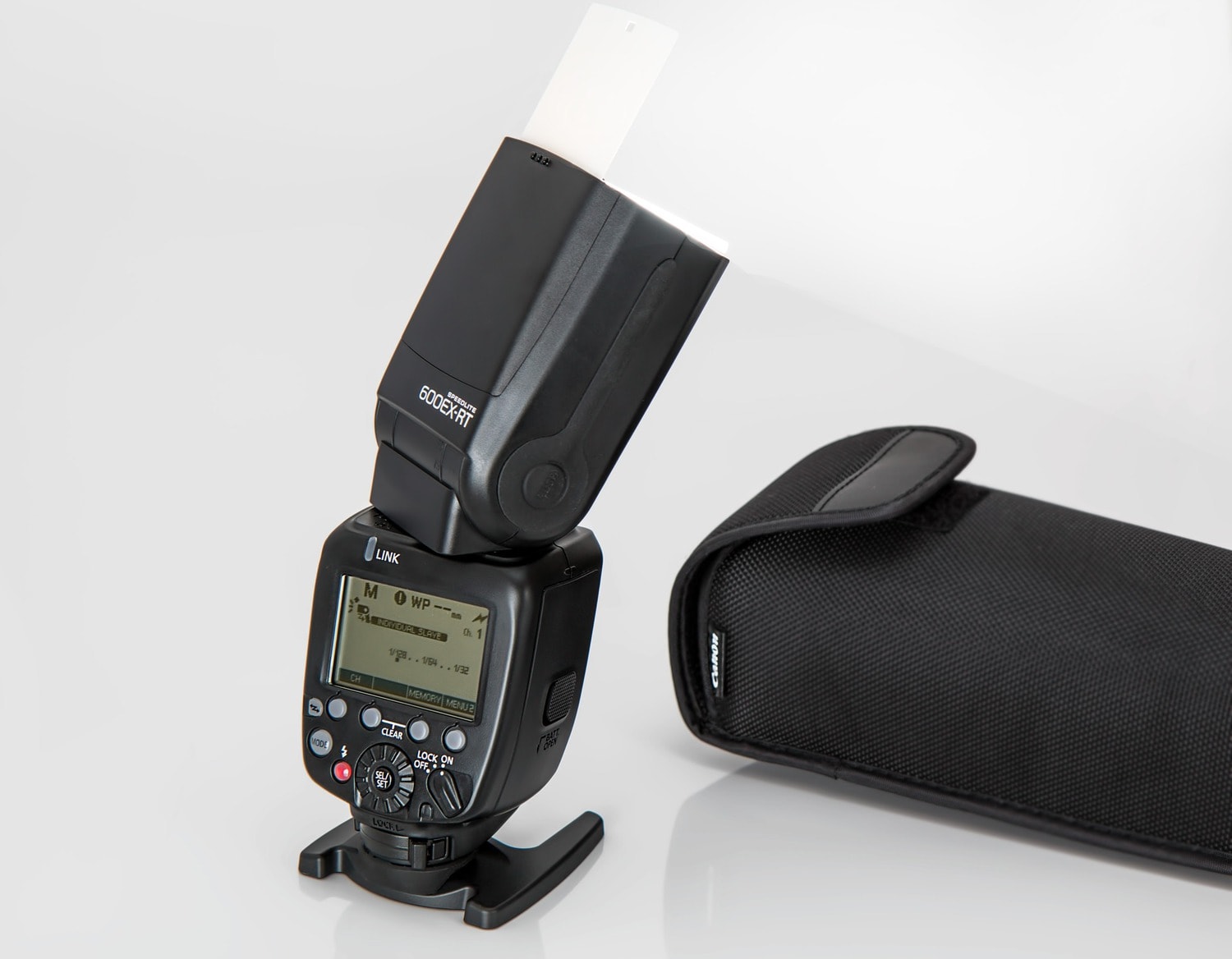
CREATE THE LIGHT THROUGH THE EXPOSURE TRIANGLE VARIABLES
Not everything is lighting candles, opening windows or buying flashes. Light can also (and should) learn to create it through any of the vertices of the “ exposure triangle ”, the name by which the three main responsible for exposure in an image are known. Sure they sound like:
ISO
ISO is the sensitivity of your camera ( or sensor) to light. The higher it is, the more sensitivity, and therefore the more light you will have to take your picture. However, the higher it is, the more noise in the image (worse quality), so it is a factor to take into account.
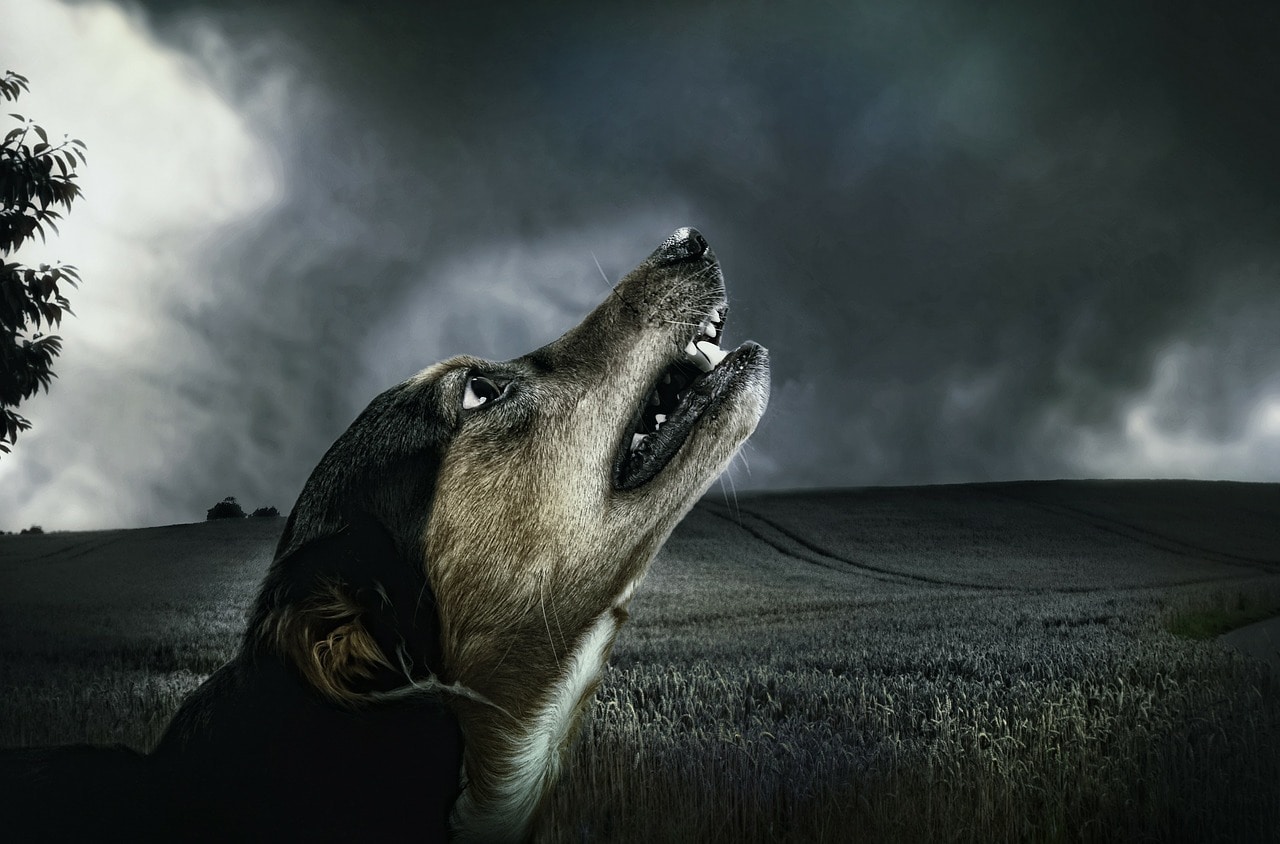
DIAPHRAGM APERTURE
The diaphragm regulates the amount of light that we let pass towards the sensor, through our objective. The more open it is, the more light will enter through it (just like a human iris opens in the dark to catch more light), allowing you to shoot in low-light scenes. However, there is another variable to take into account: the depth of field. The more open the diaphragm, the less depth of field or area in focus in the image.
SHUTTER SPEED
The last variable in the exposure triangle is shutter speed. High speeds freeze movement, since the shutter occurs quickly, exposing the image on the sensor for a very limited time. It allows us to photograph moving scenes and “freeze” them in the scene. Like a drop of water photographed in its fall. Now, in low light scenes, we have the opposite situation. If we want enough light, we'll have to shoot at lower speeds, which keeps the shutter open longer. This means that we will have more light, but also that the sensor is exposed to movement (our own and others) of everything that happens during the time that the shutter remains open.
Speed has multiple applications, I recommend that you take a look at this article.
LIGHT PAINTING
And while we're on the subject of darkness, speed, and light, you'll be amazed at what you can do with just a flashlight (or similar), a tripod, lots of darkness, and ideally a good helper. Did you know Lightpainting ? Look what you can get!
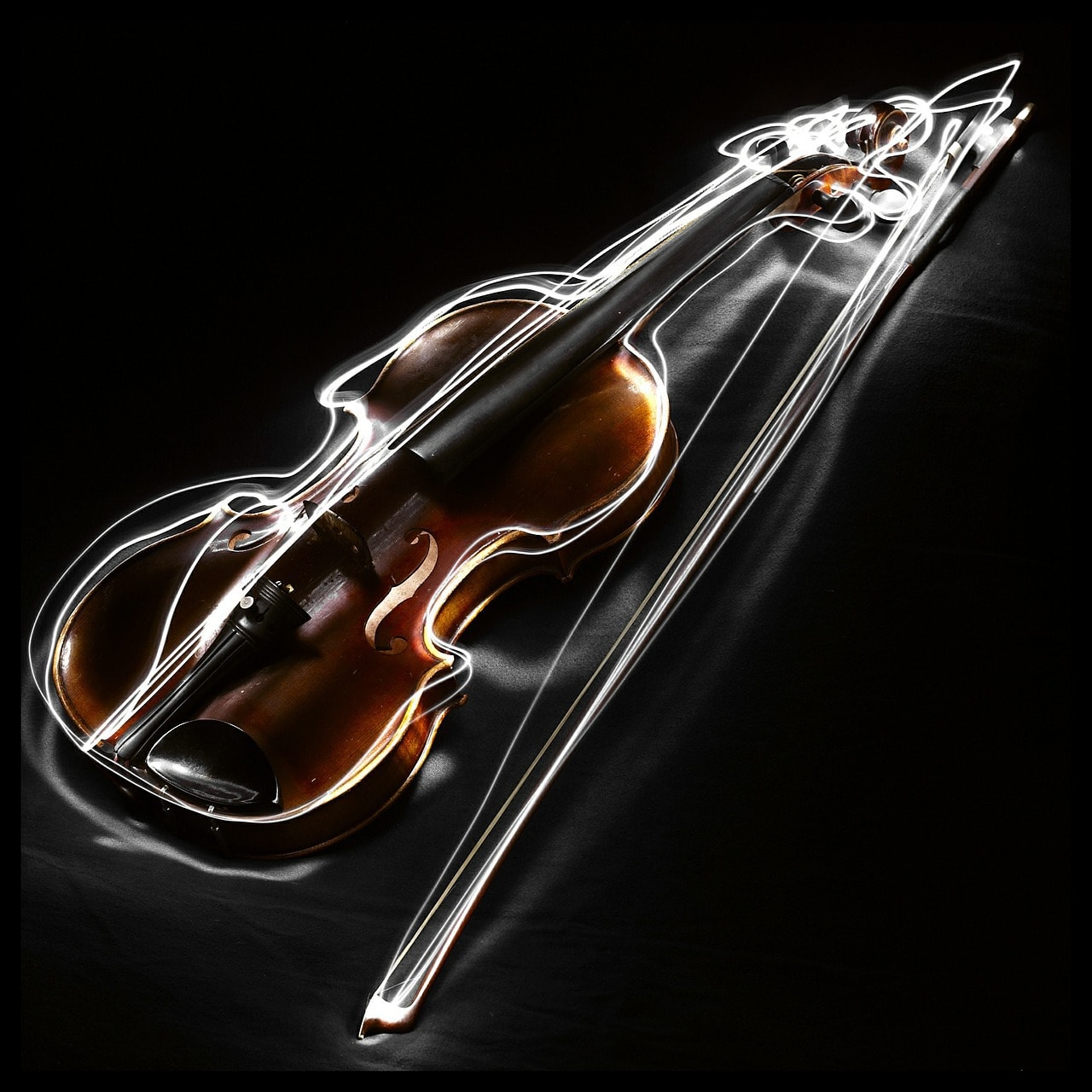
ACCOMPANY YOURSELF WITH A TRIPOD
And speaking of slow speeds, although in general I would always recommend that you carry a small one in your backpack for what might happen ;-), if you also plan ahead to take pictures in dark places, the ideal is to take a good tripod with you, that allows you to play with low speeds without danger of movement in the image (at least on your part)
DON'T LET THE LIGHT METER FOOL YOU
Learning to measure the light well in any scene is essential to obtain correct exposures. Where to measure and how, what values I want to prioritize, what elements to highlight, what metering mode to use and practicing with the scene preview in your mind, will help you decide the values of the shot. With patience and practice, of course ?
IF THAT'S NOT ENOUGH, SET UP YOUR OWN LIGHTING STUDIO
Here I leave you a complete article on the subject with all the necessary material so that you can set up your own studio in a much easier and cheaper way than we often think. Check it out ?
AND FINALLY, IT DOESN'T ILLUMINATE BUT IT WILL BE USEFUL ?
The focus is an element that you must take into account because of how visual it is, and because in low light situations, it will be more difficult for you to focus, not only due to the lack of light, but also because it is likely that often (and precisely because that lack of light) you work with wide diaphragm openings, which allow more light to enter, but reduced depths of field. It is in these situations that an autofocus mode is quite likely to fail. So in this situation I recommend that you try:
- Focus on manual
- Use the focus assist light that most SLRs have
- Help yourself with a flashlight or a laser pointer, etc. to indicate the point where you should focus. Then lock focus and shoot.
Although there are many methods to illuminate a photograph, the best and most essential is to know our camera and exposure concepts . Once you have learned this, you will learn to preview the image in your mind before seeing it on your screen. Little by little you will learn what an F1:4 aperture or someone running at a speed of 1/15s will look like, what a difference between a spot measurement and a matrix one, or how it will turn out to direct the light at a certain angle.

